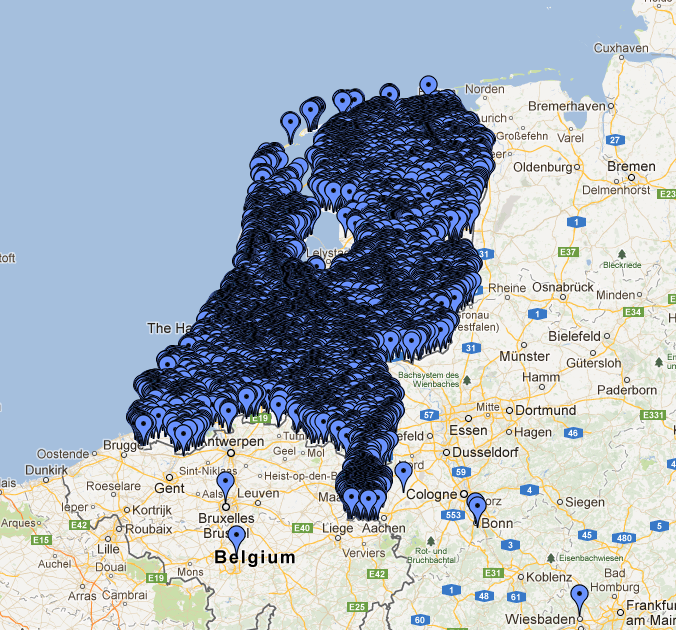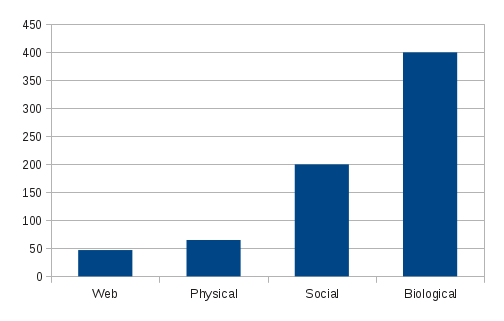I was reading Update: Now We Know Why Googling ‘Pressure Cookers’ Gets a Visit from Cops and decided to write a post on how the lonely, depressed, etc., can get new friends by Web searches.
So I start writing:
Try searching for “backpacks” and “pressure cookers.”
If you need friends more quickly, search for “pressure cooker bomb instructions.
But then I noticed something funny about my search URL.
I first searched for “pressure cooker bomb instructions” and got:
https://www.google.com/search?q=
pressure+cooker+bomb+instructions
&oq=pressure+cooker+bomb+instructions
OK, that makes sense, but then I searched for just “pressure cookers.”
https://www.google.com/search?q=
pressure+cooker+bomb+instructions
&oq=pressure+cooker+bomb+instructions&aqs=
chrome.0.69i57j0l3.10770j0&sourceid=chrome&ie=UTF-8#bav=
on.2,or.r_cp.r_qf.&fp=ad7ba9d9beaae1da&q=
pressure+cooker
So, why is my prior search for “pressure cooker bomb instructions,” showing up with my search for “pressure cookers?”
Try putting “backpack” in the searchbox next:
https://www.google.com/search?q=
pressure+cooker+bomb+instructions
&oq=pressure+cooker+bomb+instructions&aqs=
chrome.0.69i57j0l3.10770j0&sourceid=chrome&ie=
UTF-8#bav=on.2,or.r_cp.r_qf.&fp=ad7ba9d9beaae1da&q=
backpack
Now my search for “pressure cooker bomb instructions” shows up with my search for “backpack.”
A “search customization” feature of Google, but do you really think the government has the chops to mine Google search data effectively?
Or is it more likely that Google is using its expertise against the rest of us at the request of the government?
What do you think?
PS: When Google corporate protests that it is under government orders, remind them the word they have forgotten is “no.”
If you thought people died in the 20th century because citizens forgot how to say “no” to government, you haven’t seen anything yet.
By this time next century, they won’t be able to number government victims in the 21st century.
Addendum
A close friend pointed out the reason for my analysis of the Google URLs was unclear.
Google is pre-collating search queries, such as putting “pressure cooker bomb instructions” together with “pressure cookers.”
Google/NSA does not have to collate those queries to a particular user on its own. They come pre-collated, courtesy of Google.

